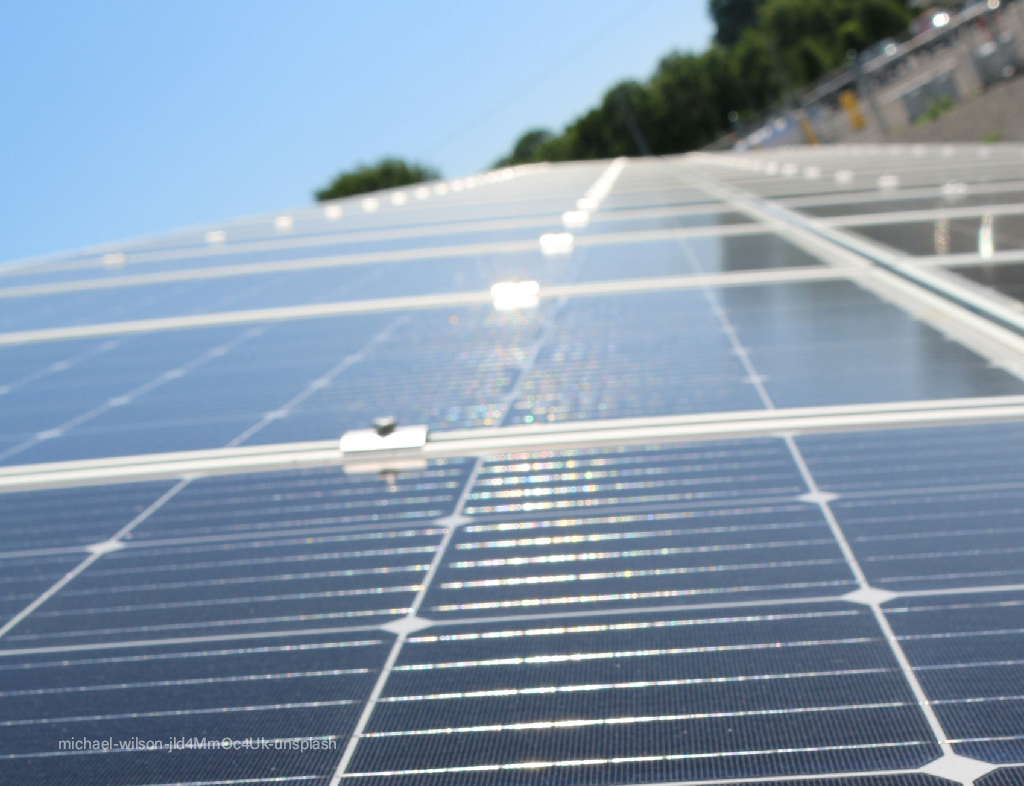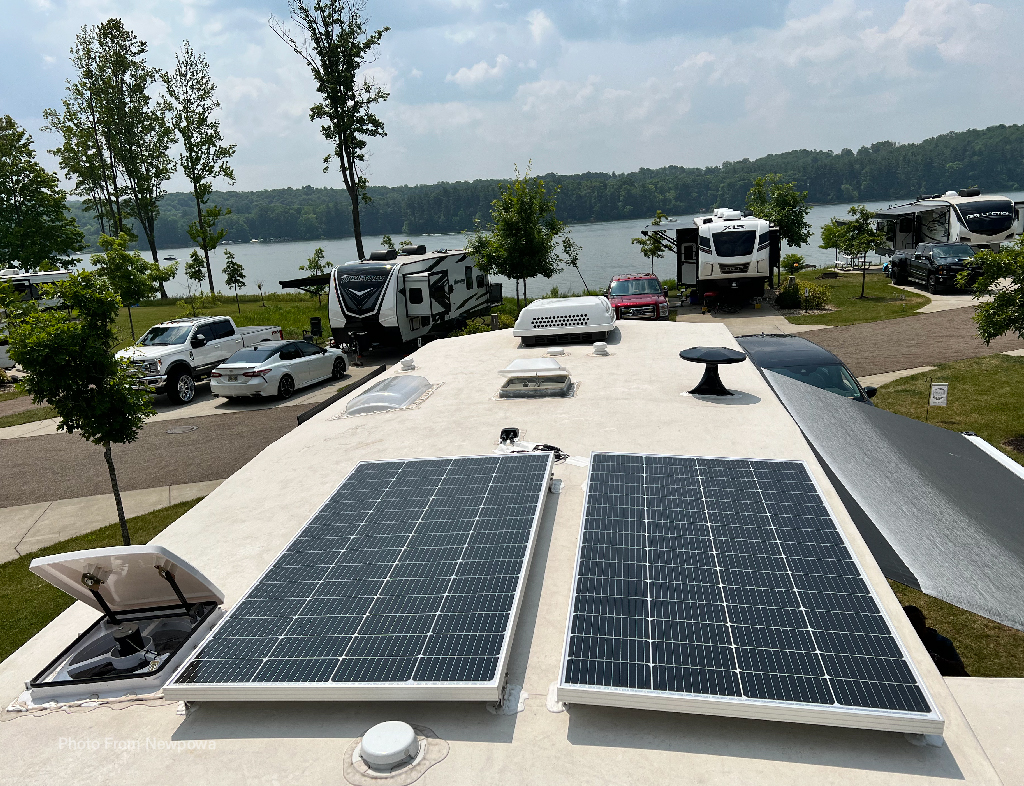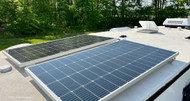WHAT DO SOLAR PANEL EFFICIENCY RATINGS REALLY MEAN?
29th Feb 2024
The concept of solar panel efficiency is a crucial metric in the realm of renewable energy technologies, playing a significant role in the decision-making process for renewable energy enthusiasts looking to invest in solar power systems. Simply put, the efficiency rating of a solar panel indicates how effectively it can convert sunlight into electricity. In this blog, we'll delve into the essence of solar panel efficiency ratings, what they really mean, and why they're important.

Understanding Solar Panel Efficiency
Solar panel efficiency is expressed as a percentage, which represents the proportion of sunlight that a solar panel can convert into usable electricity. For instance, if a solar panel has an efficiency rating of 20%, it means that the panel can convert 20% of the sunlight it receives into electrical energy.
The efficiency of solar panels is primarily determined by the materials and technology used in their manufacturing process. The most common types of solar panels today are made from silicon, and they come in two main varieties: monocrystalline and polycrystalline. Monocrystalline panels, known for their single-crystal structure, typically have higher efficiency ratings than polycrystalline panels, which are made from multiple silicon crystals.
What Do Efficiency Ratings Mean for You?
1. Higher Power Output: A more efficient solar panel can generate more electricity from the same amount of sunlight than a less efficient panel. This is particularly advantageous in areas with limited space for solar panel installation.
2. Cost-Effectiveness: While high-efficiency panels may have a higher initial cost, they can provide more energy over their lifetime, potentially offering better long-term savings and a quicker return on investment.
3. Environmental Impact: Choosing high-efficiency solar panels can also lead to a greater reduction in carbon footprint, as more solar energy production means less reliance on fossil fuels.

The Future of Solar Efficiency
The quest for higher-efficiency solar panels is ongoing, with advancements in materials, science, and photovoltaic technology continuously pushing the boundaries. Moreover, innovations such as bifacial panels, which can absorb sunlight from both sides, and solar tracking technology, which adjusts panels to follow the sun, are enhancing energy generation further.
Conclusion
Solar panel efficiency ratings are a vital consideration in the journey toward renewable energy adoption, signifying the technological capability of solar panels to transform sunlight into electricity. As we strive for a sustainable future, understanding and choosing high-efficiency solar panels can lead to more effective, economical, and environmentally friendly energy solutions.
Be Wise, Go Solar!
